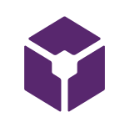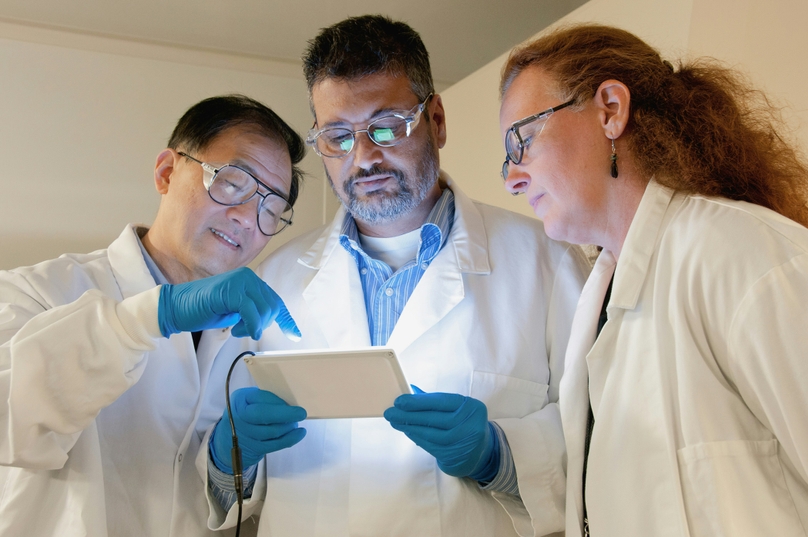A Changing Landscape in Diagnostics
The diagnostics industry has entered a period of remarkable transformation. Laboratories that once relied on manual testing and piles of paperwork now operate in a world defined by speed, accuracy, and data integrity. Each patient sample carries critical information, and clinicians expect reliable results delivered faster than ever before.
This growing pressure has driven laboratories to seek stronger digital foundations — systems capable of organizing complex workflows and maintaining flawless traceability. At the center of this shift stands the Laboratory Information Management System (LIMS). What began as a tool for simple sample tracking has matured into a powerful hub that manages, verifies, and interprets the essential data behind diagnostic testing.
Now, a new era is emerging. With the addition of artificial intelligence, modern LIMS platforms don’t just record information — they analyze it, anticipate needs, and actively support decision-making across the laboratory.
Understanding LIMS in the Diagnostic Context
A LIMS for diagnostics acts as the operational backbone of a clinical laboratory, linking every stage from sample collection to test reporting. It establishes a structured, traceable path for every specimen, ensuring compliance and accountability at every step.
Think of it as the laboratory’s control tower:
- It receives incoming test orders.
- Assigns tasks to the right analysts or instruments.
- Tracks every action, adjustment, and approval.
- Compiles validated results into one centralized database accessible only to authorized personnel.
In an environment where even small discrepancies can influence medical outcomes, a well-implemented LIMS ensures precision isn’t left to chance — it becomes part of the lab’s DNA.
Why Diagnostic Laboratories Are Turning to LIMS
Modern diagnostic labs face a set of challenges that make digital management essential rather than optional.
High Sample Volumes
Many labs now process thousands of samples daily. Manual spreadsheets or fragmented systems slow down workflows and invite human error.
Stringent Compliance Requirements
Regulations such as HIPAA, GDPR, SOC 2, and 21 CFR Part 11 require complete traceability and secure audit trails. Without a digital system, maintaining compliance quickly becomes overwhelming.
Data Complexity
Advanced assays — from genomic sequencing to molecular diagnostics — generate massive amounts of data. A LIMS centralizes this information, allowing for efficient retrieval and long-term storage.
Interconnected Workflows
Modern laboratories use instruments, robotics, and imaging tools that must communicate seamlessly. A LIMS integrates these elements, creating a unified data environment.
By addressing these realities, LIMS solutions allow diagnostic organizations to operate confidently, even in fast-paced and highly regulated settings.
Key Features That Drive LIMS Value in Diagnostics
While every laboratory operates differently, the most successful diagnostic environments share a few common needs: traceability, reproducibility, and real-time visibility.
A well-designed LIMS helps achieve these through:
- Sample Tracking: Assigns a unique digital identity to every specimen, connecting it to its test, technician, and storage location.
- Integrated Data Management: Automatically captures and validates results directly from instruments, reducing manual input.
- Audit Trails and Version Control: Logs every modification, approval, and correction with precise timestamps.
- Reporting and Dashboards: Delivers clear metrics on turnaround times, productivity, and quality control trends.
Together, these functions create the transparency and reliability that laboratories need to scale effectively.
The Evolution Toward AI LIMS
Traditional LIMS platforms solved key logistical challenges. However, AI-powered LIMS is changing what’s possible inside diagnostic facilities. By analyzing data patterns and learning from historical trends, AI introduces proactive intelligence to laboratory operations.
- Predictive Analysis: Identifies subtle irregularities or early signs of instrument drift before they cause quality issues.
- Workflow Optimization: Studies how samples move through the lab and suggests process improvements to enhance throughput.
- Virtual Assistance: Enables staff to interact with the system through natural language — retrieving data, initiating tests, or generating reports simply by asking.
These AI-driven capabilities shift laboratories from being reactive to being self-optimizing, where the system itself contributes to smarter, faster decision-making.
Compliance and Data Integrity: A Non-Negotiable Priority
In diagnostics, data integrity is synonymous with patient safety. A LIMS for diagnostics ensures compliance is embedded into daily operations rather than managed as an afterthought.
Each record is securely timestamped, versioned, and linked to the appropriate user. Automated audit trails satisfy both internal and external regulators, while role-based access controls maintain confidentiality without hindering collaboration.
When audits or inspections occur, the LIMS functions as a single source of truth — complete, verifiable, and instantly accessible.
Real-World Impact: Efficiency and Cost Reduction
Laboratories that adopt AI LIMS often report tangible improvements within a short period.
Automation reduces repetitive administrative work, minimizes transcription errors, and accelerates turnaround times.
These gains translate into measurable savings — not only in labor but also in reagent use, instrument uptime, and overall resource allocation. Over time, the system becomes an invaluable analytical tool, revealing patterns in testing demand and guiding future planning.
In an industry where margins are often tight, these advantages can make the difference between maintaining operations and driving sustainable growth.
Integration and Scalability: Preparing for Growth
Cloud-based LIMS platforms such as Genemod’s are designed for laboratories that need to scale without losing control.
Diagnostic organizations rarely stay static. As new technologies, assays, and collaborations emerge, a flexible, API-driven LIMS allows teams to integrate new instruments and software without overhauling existing systems.
Cloud hosting also reduces IT overhead, enabling smaller labs to access enterprise-level security and performance — all without maintaining local servers. This adaptability ensures laboratories can evolve at the same pace as the science they support.
Overcoming Common Adoption Challenges
Despite the clear benefits, transitioning to a LIMS can feel daunting. Common obstacles include:
- Initial Investment: The upfront cost may seem significant, but the long-term ROI typically outweighs it through efficiency and accuracy gains.
- Change Management: Staff used to manual or spreadsheet workflows may need time to adapt; proper training helps ease this transition.
- Integration Complexity: Older systems may require careful integration — making modular and API-friendly platforms particularly valuable.
With a thoughtful rollout plan, most organizations find that initial resistance fades quickly once teams experience smoother, faster, and more reliable operations.
The Future of Diagnostics: Data-Driven and AI-Ready
Diagnostics is no longer just about running assays; it’s about managing information intelligently. Laboratories that embrace digital transformation are moving from data collection to data understanding.
An AI-powered LIMS doesn’t replace human expertise — it enhances it. By assisting with predictions, workload balancing, and process optimization, AI helps laboratories respond to growing demands with greater agility.
As telehealth and personalized medicine continue to expand, data will flow from more sources than ever before. Only a centralized, intelligent platform can harmonize that information effectively and securely.
Genemod’s AI LIMS is built for this reality — merging automation, compliance, and advanced analytics into one environment that grows with the laboratory’s mission.
From Management to Mastery
A modern diagnostics lab is more than a testing site — it’s an evolving ecosystem of information, innovation, and collaboration.
To stay ahead, laboratories need systems that not only record activity but also enhance it. That’s the true promise of AI-powered LIMS: fewer manual tasks, faster insights, and more confident scientific decisions.
With Genemod, laboratories gain the flexibility to scale, the assurance of compliance, and the intelligence to turn everyday data into lasting progress.


















